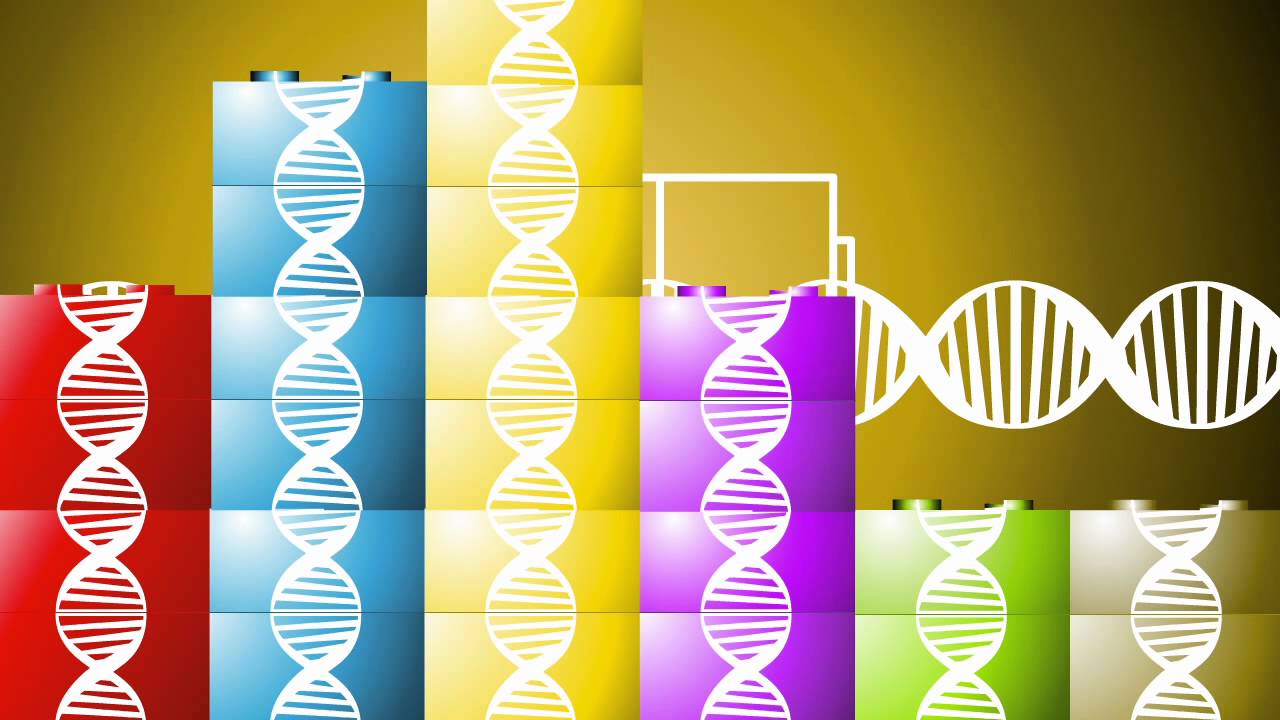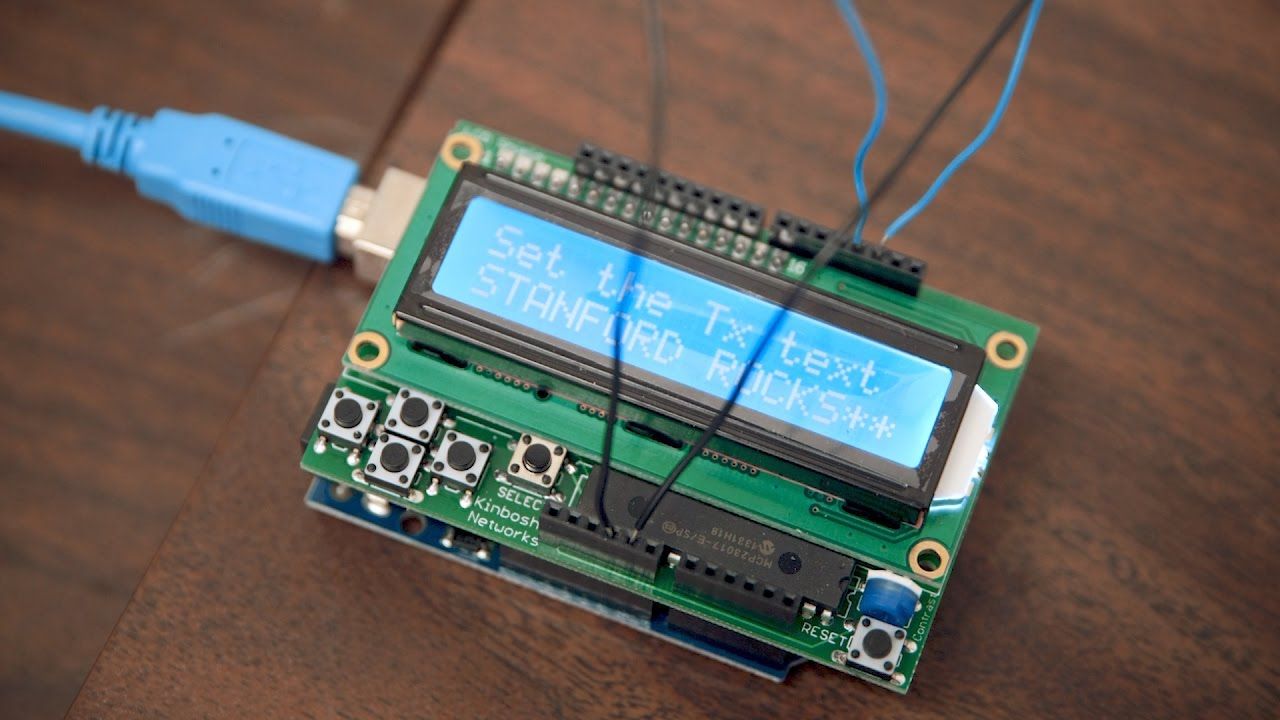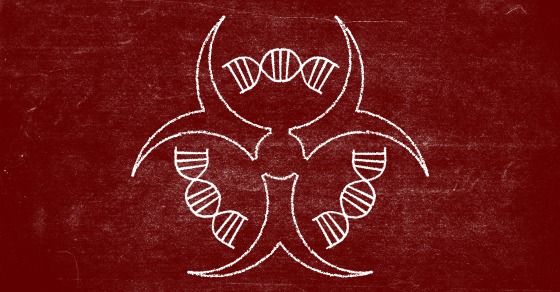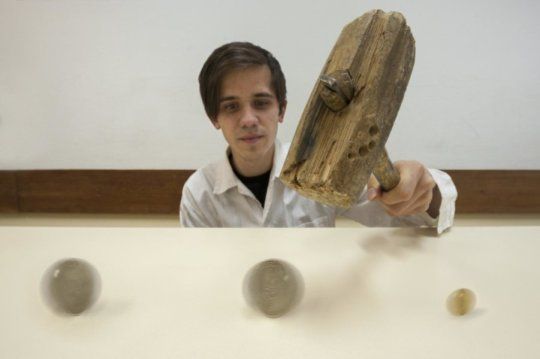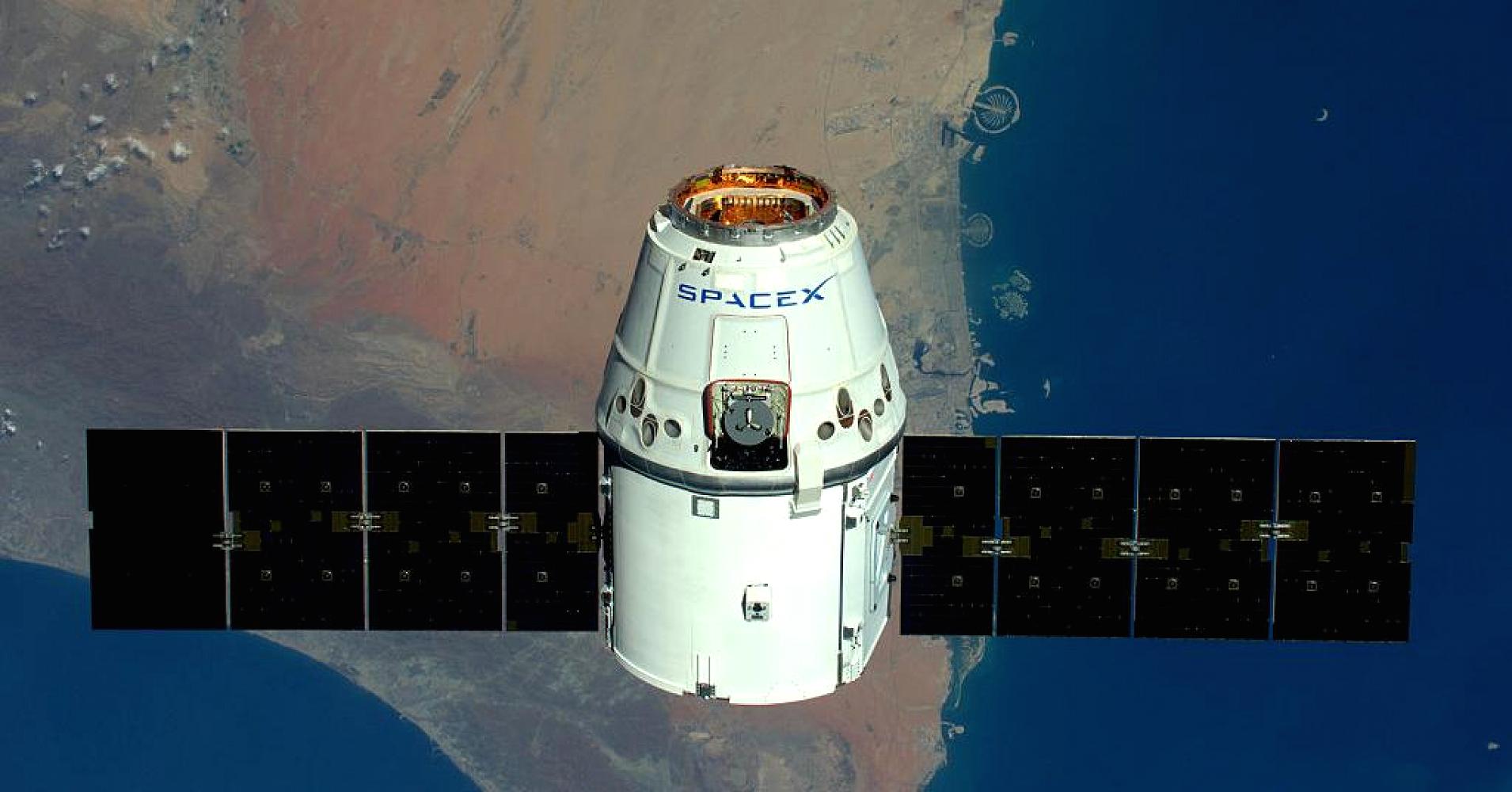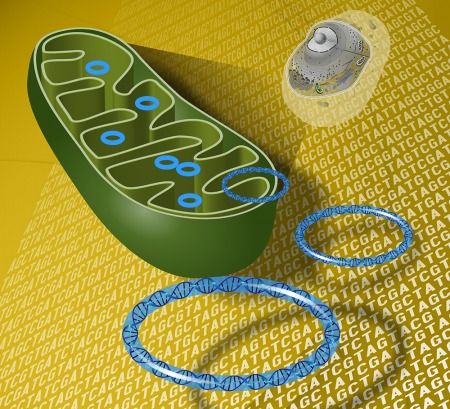Nov 22, 2016
Researchers Just Solved One of the Biggest Problems in Synthetic Biology
Posted by Karen Hurst in categories: bioengineering, biological, genetics
In Brief
- Researchers have discovered that placing synthetic genetic circuits in liposomes prevents them from interfering with one another, while still allowing them to communicate.
- Not only could this new form of “modular” genetic circuits lead to more complex engineered circuits, it could also provide insight as to how the earliest life on Earth formed.
By applying engineering principles to biology, researchers can create biological systems that don’t exist naturally. A problem of synthetic biology, however, is that these engineered genetic circuits can interfere with each other. While beneficial on their own, some of these man-made circuits become useless when they come in contact with each other, and this bars them from being used to solve complex biological problems.
Continue reading “Researchers Just Solved One of the Biggest Problems in Synthetic Biology” »
